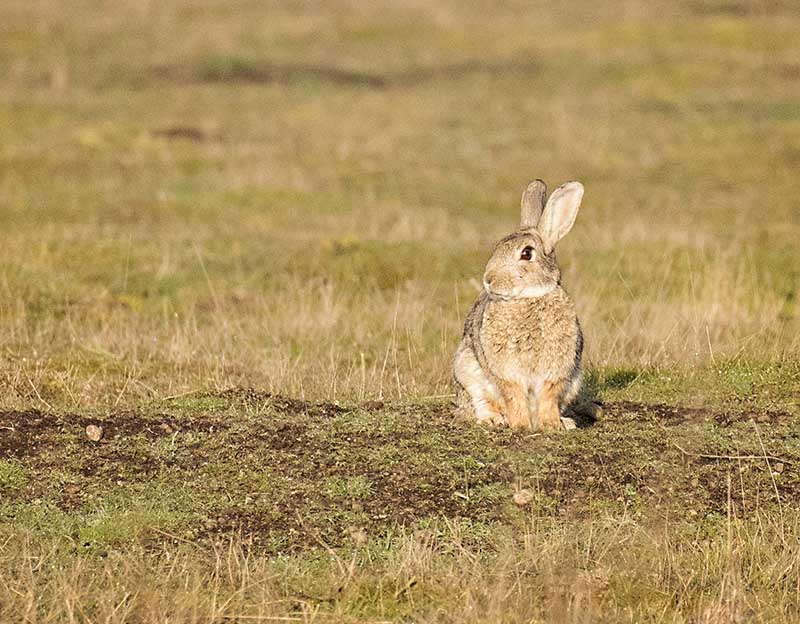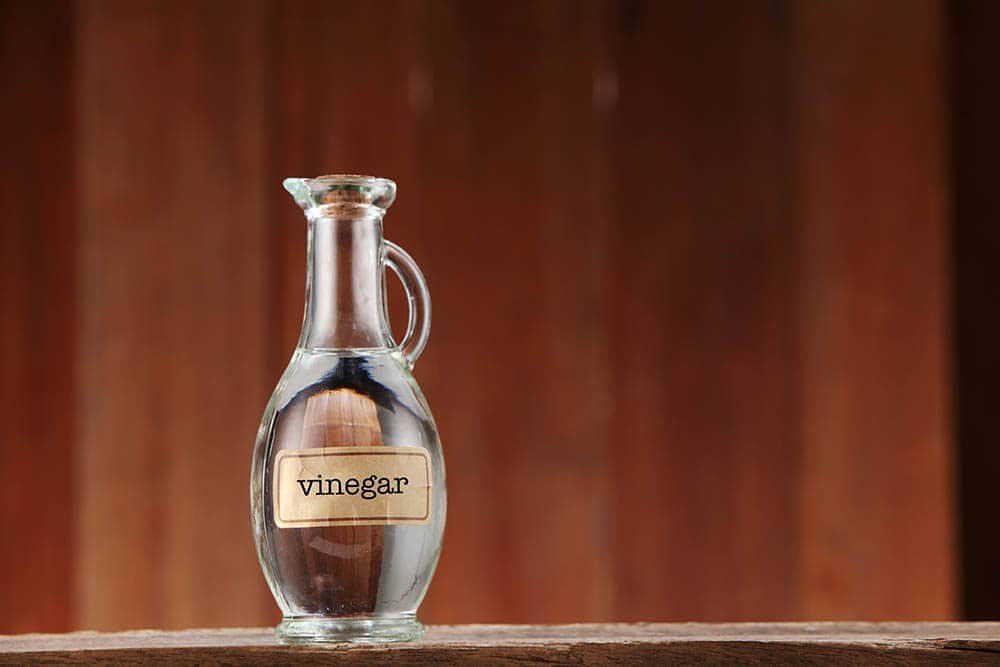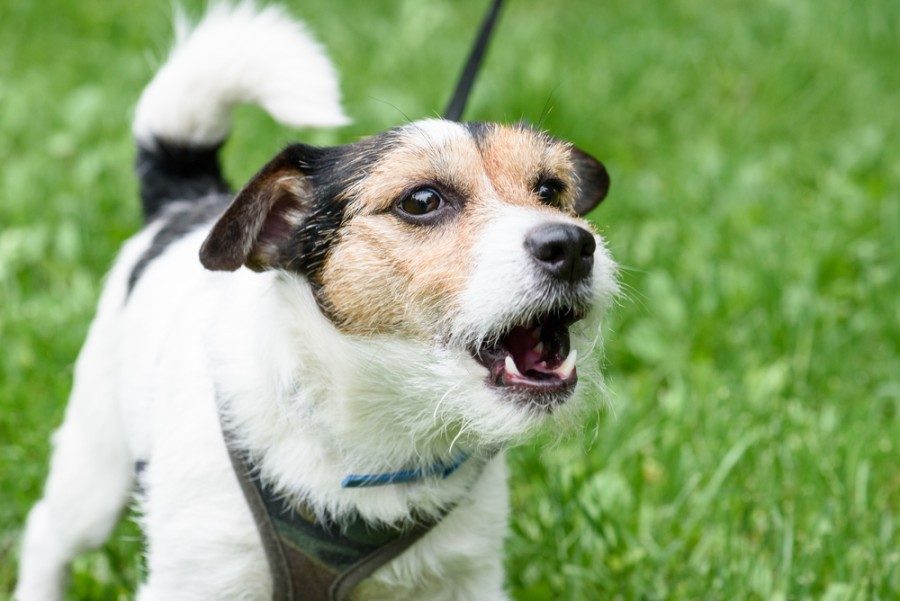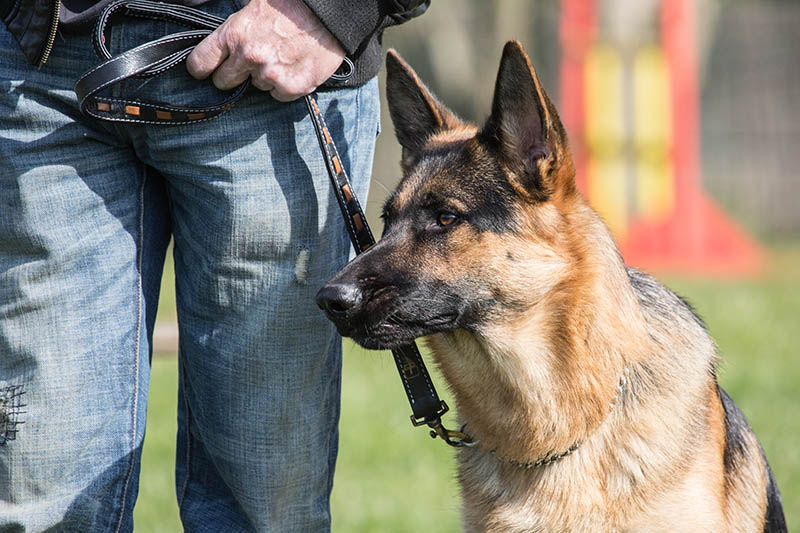Click to Skip Ahead
The San Juan rabbit has a “wild” look and is considered a rare breed due to how few breeders there are. This rabbit hails from the island of San Juan, which lies off the coast of Washington State. They became an established breed in 1895 due to an abundance of resources and few predators. Read on to learn more about these rare rabbits.
| Size: | Miniature |
| Weight: | 3–6 pounds |
| Lifespan: | Roughly 1 year in the wild; up to 5 years in captivity |
| Similar Breeds: | Cottontail rabbit, Belgian hare, Flemish giant, New Zealand rabbit |
| Suitable for: | Unsuitable as pets |
| Temperament: | Territorial, suspicious, alert |
These rabbits are considered more wild than domesticated, so if you see someone who owns one, the odds are that they’re kept in an outside hutch to accommodate their natural behaviors. These bunnies are descendants of various wild European rabbit species that were bred by early settlers in the 1880s to mimic the cottontail rabbit. Intelligent yet suspicious of humans, these animals do best outdoors in a hutch when in captivity.
San Juan Rabbit Breed Characteristics

Temperament & Intelligence of the San Juan Rabbit
These rabbits are intelligent but are wary of humans. They are territorial, suspicious, and always on alert. Some breeders have chosen to domesticate these rabbits, but if you decide to own one, they do best living outdoors in a hutch with plenty of room to roam.
Can San Juan Rabbits Be Kept as Pets?
At one time, these rabbits were used for training hunting dogs. The first settlers who bred these rabbits wanted them to have a wild rabbit look for this purpose. These do not make good pets if you’re looking for a domesticated rabbit, and they are aloof and suspicious of humans. You may never be able to handle them like you would a domesticated rabbit, so keep this in mind.
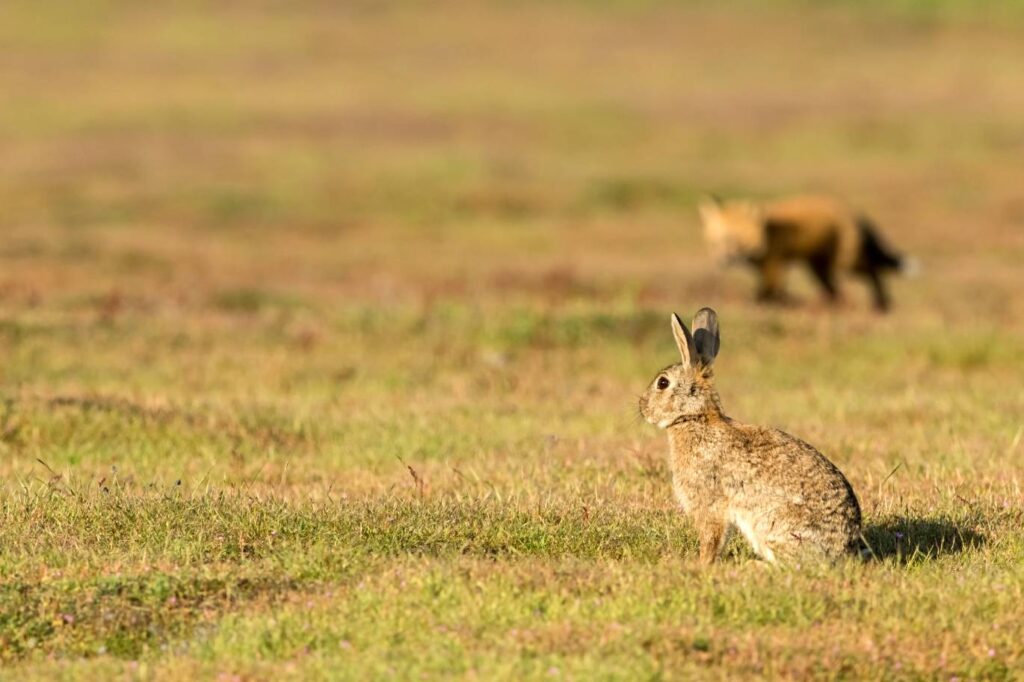
Does This Rabbit Get Along With Other Animals?
Given they are considered “wild,” they will not be keen on sharing space with other pets. If you happen to own one of these rabbits, you’ll need to keep them in an outside hutch that is protected from other pets and animals.

Things to Know About San Juan Rabbits
Food & Diet Requirements 🥕
These rabbits do well on commercial rabbit pellets, and you should feed your baby bunny ½ cup each day and gradually increase that to 1 cup each day when they reach adulthood. They will also enjoy a variety of fresh produce, such as broccoli, spinach, carrots, apples, and strawberries, along with alfalfa, timothy, and red clover hay. Ensure that you keep out fresh water for your rabbit at all times.
Habitat
It’s important to house your San Juan rabbit in a hutch outdoors. It doesn’t have to be fancy, but it needs to be big enough for your rabbit to run and get exercise. If possible, build a tunnel to rabbit cages and connect the two. Ensure that the hutch is waterproof, secure, and safe from predators, and place it in a shady area.
Exercise & Sleeping Needs 🐇
As with any pet, your San Juan rabbit needs exercise. An outdoor hutch should be constructed so that your rabbit has plenty of room to run and roam, preferably in a shady area to keep them from overheating.
Lifespan and Health Conditions 🏥
San Juan rabbits typically live up to 1 year in the wild but can live up to 5 years in captivity with proper care. They are susceptible to a few health issues:
- Overgrown teeth
- Hairballs
- Respiratory infections
- Dental disease
- Myxomatosis: This is a severe disease seen in European rabbits that causes blindness, skin tumors, fatigue, and fever. Rabbits die within 14 days of contracting the disease. It spreads through infected fleas and mosquitos that bite an animal with the disease.
- Hemorrhagic Disease: This affects rabbits 8 weeks of age and older, and they can die within 12 to 36 hours of contracting it. Signs include fatigue and fever.
- Uterine Tumors: These are the most common tumors in female rabbits. They affect fertility and litter size and can lead to many other reproductive issues.
Male vs. Female
San Juan rabbits are territorial, males much more so than females. If you have more than one male, ensure that you house them separately, as they will likely fight and injure one another.

3 Little-Known Facts About San Juan Rabbits
1. They Are Small
These rabbits are not as big as they seem in photos; the San Juan rabbit is considered a mini-sized breed, only weighing 3 to 6 pounds.
2. They Are Not Suited for First-Time Owners
If you’re a first-time owner in the market for a rabbit, you should look at a different breed other than the San Juan rabbit. Given their territorial nature and suspicious personality, they are better suited for more experienced rabbit owners. There are plenty of species that are more suitable for first-timers, such as New Zealand rabbits.
3. They Are Shy
San Juan rabbits are always on the lookout for predators, and they even will view you as a predator until they realize you are not a threat. This process takes time, and you must summon up the patience to get your San Juan rabbit acclimated to your presence.

Final Thoughts
The San Juan rabbit is a rare species of pet rabbit that is more known for being a wild rabbit rather than a domesticated one. There are a few breeders around if you want to be an owner of one of these rabbits, but they are hard to come by. If you happen to find a breeder, ensure that they are reputable.
Keep in mind that training one of these rabbits is a lengthy process, but over time, they can learn to trust you. That said, they are better suited to life in the wild.
Featured Image Credit: Patricia Thomas, Shutterstock
